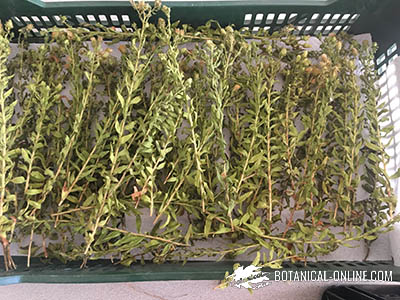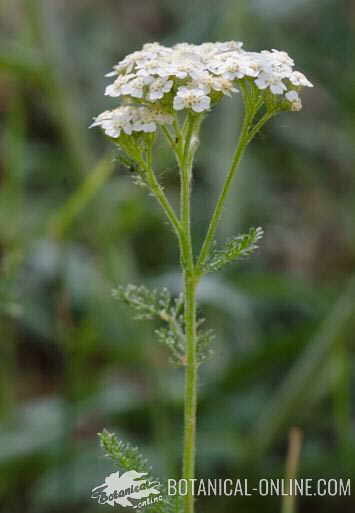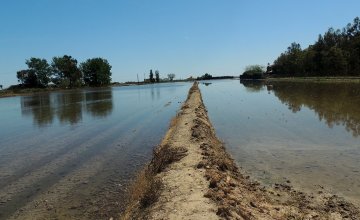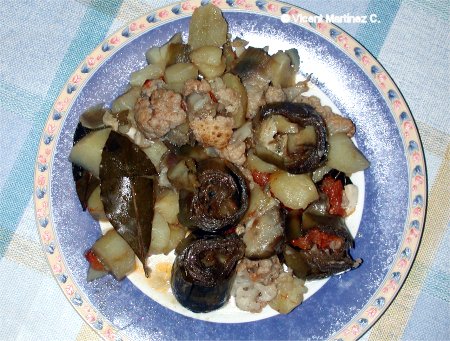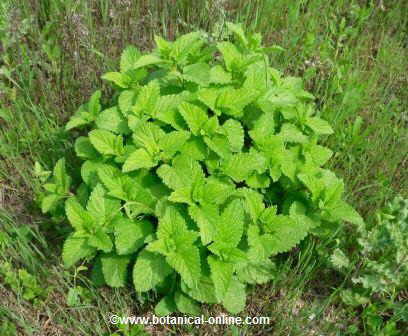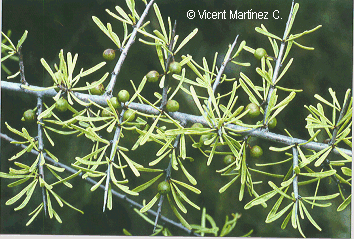CHARACTERISTICS OF LILY OF THE VALLEY (Convallaria majalis)
Scientific noun: Convallaria majalis L.
Common noun:: Lily of the valley, May bells, May lily
Family: Lily family – Liliaceae.
Habitat: Woods of deciduous flat-leaved trees in mountains. Also cultivated in gardening.
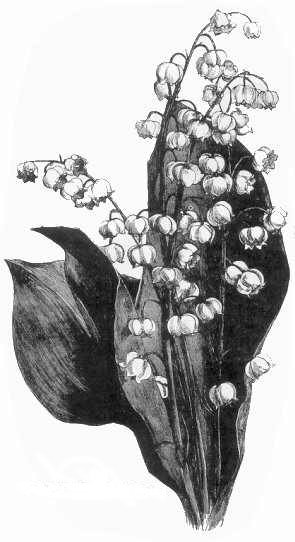
Active principles of lily of the valley
The main components of Convallaria majalis are:
- Glycosides: Being the main ones: convallatoxol, convallamarin, convallarin, convalloside, convallarin, which is transformed into convallatoxin when the plant becomes dry.
- Flavonoids
- Essential oil, rich in farnesol
- Acids:azetidine-2-carboxylic acid, convallaric, Chelidonic, malic, ferulic, citric, caffeic..
- Asparagine
- Saponins
Active parts: The whole plant
PROPERTIES OF LILY OF THE VALLEY
Medicinal uses of Convallaria majalis
- Herbal remedies with lily of the valley: It has been used in home-made medicine as cardiotonic in the treatment of hypotension or heart failure, being quicker in acting than digital components, although less permanent. Its cardiotonic glycosides exercise this function which is increased by saponines and flavonoids, as well as asparagine, because of their diuretic action.
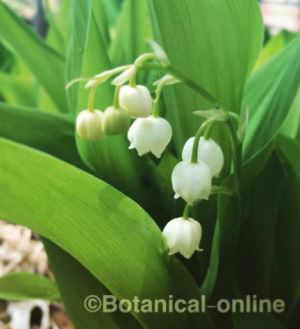
This last property has been used for the treatment of too high levels of uric acid, dropsy associated with heart weakness, as well as the dissolution of kidney stones. The administration form is usually by means of extract fluid, decoction of the roots or of the flowers. In comparison with the use of Digitalis it has been praised the fact that this plant doesn’t present accumulative effects.
It has also been used as a purgative because of the action of convallarin.
Given up the toxicity of some of its component, its use in home-made preparations is dissuaded.
- Industrial uses of lily of the valley: The pharmaceutical industry uses it for the extraction of cardiotonic products and the industry of the perfumery to create perfumes, fundamentally by means of its essential oil.
Toxicity of lily of the valley
Convallaria majalis is extremely fatal in the event of ingestion of abundant principles, fundamentally by mistake when eating its berries which are very appetizing for the children, because of its high contents in sugars.
Side effects of lily of the valley
Poisoning with this plant leads to the following symptoms in minor ingestion:
- Stomach ache
- Nausea
- Vomiting
- Diarrhea
- Headache.
In strong intoxications:
- Mental confusion
- Numbness of the members
- Hypotension
- Cramps
- Cardiorespiratory failure and death.
Medical treatment consists on: Stomach emptying, gastric lavage, artificial breathing, breathing stimulants.
Is lily of the valley poisonous to animals?
Yes. There have been many toxic episodes for the livestock that consume the leaves.
![]() More information about plants.
More information about plants.

